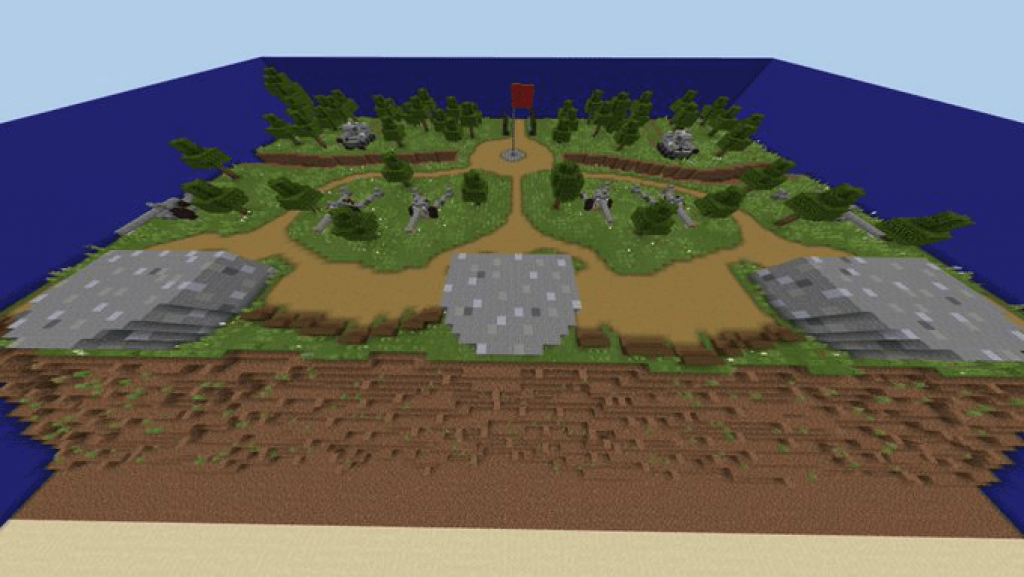

Air Marshal Sir Arthur Tedder was Eisenhower’s deputy in the operation so that the two top positions were split between the Allies. But the execution of the landings fell to the four men immediately beneath him, all of them British. Without such defence, the troops would have been vulnerable to German air attacks as they crossed the open ground to reach the defenders.Ĥ British commanders: With the Americans contributing the most men and money to the operation, it was politically necessary for the man in overall command to be an American, and that man was General Eisenhower. Thirdly, some had the task of holding the airspace above the beaches, taking out any planes the Luftwaffe brought into action. Others were used to weaken German resistance to the invasion, bombing important fortifications and attacking formations of occupying troops. Some of these planes were used to get troops into the action, dropping paratroopers behind the enemy line or towing gliders to the point where they could detach and make their landing runs. 6 June 1944.ġ0,000 aircraft: The air force that participated in the operation, fulfilling three vital roles.

Gliders are delivered to the Cotentin Peninsula by Douglas C-47 Skytrains. Without it, every tank, transport and communications vehicle in the invasion force would soon have ground to a halt.ġ,260 merchant ships: The civilian force tasked with transporting supplies for the army once it had landed. Equally important was PLUTO – the Petroleum Line Under The Ocean – a pipeline used to pump fuel from Britain to the waiting Allied troops. This included telephone lines connecting the commanders in the field with those back in London, where SHAEF – the Supreme Headquarters, Allied Expeditionary Force – contained the officers and staff commanding and coordinating the vast operation. Large landing craft convoy crosses the English Channel on 6 June 1944. Others laid pipes and cables across the width of the English Channel. Some transported and assembled the Mulberry harbors. 423 tugs and other ships carried out this construction work. The HMS Warspite shelling Sword Beach on June 6, 1944, D-Day.ģ10 landing ships and 3,817 landing craft and barges: Over 4,000 vessels were used to transport the troops across the Channel and land them on the beaches of Normandy.Ĥ23 ships on the construction crew: Once the initial landings had taken place, infrastructure had to be put in to support and supply the invasion. Of these, 20 were from the USA, 14 British, 3 Canadian, 1 French and 1 Polish.ġ38 battleships, cruisers and destroyers: This was the fleet that would bombard the French coast and protect the transports on their crossing.Ģ87 minesweepers: The ships clearing the sea lanes for the Allied fleet.

39 divisions: The number of Allied divisions in southern England immediately before the D-Day landings.


 0 kommentar(er)
0 kommentar(er)
